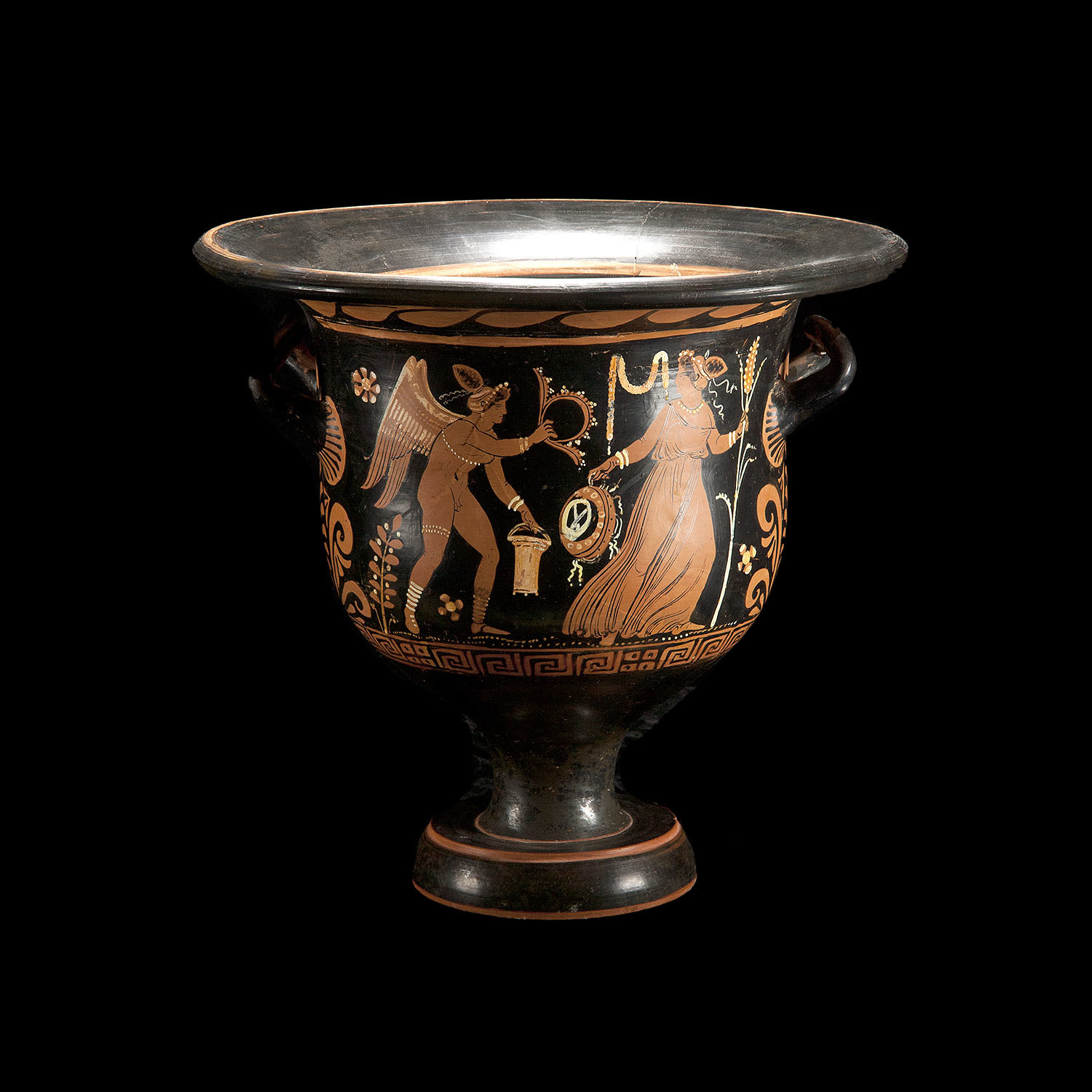I have read a study on this top Millard J. Erickson.
Is There Opportunity for Salvation after Death? Millard J. Erickson
It is a shame I cannot post the whole article due to the size. It is very informative in this subject.
Here is part of this article.
Source at the bottom of post.
The View That Christ Actually Offered Salvation to Some Dead Persons
Several passages, especially 1 Peter 3:18–20 and 4:6 , that refer to Jesus’ descent and preaching, play a crucial role in support of postmortem evangelism. Salvation after death is related to the belief that Jesus, between His death and resurrection, descended into Hades and there proclaimed the gospel to individuals enslaved there from Old Testament times. This is supported by the statement in the Apostles’ Creed, “He descended into hades,” which in turn is supposedly suggested in Acts 2:31; Ephesians 4:9–10; 1 Peter 3:18–20; and 4:6 . Two steps are required if one is to believe on biblical grounds that such an opportunity is given after death to all persons who have not believed during this life. First, it is necessary to demonstrate that 1 Peter 3:18–20 does indeed teach that Christ preached the gospel to individuals in hades between the first Good Friday and Easter, and that this was a genuine offer of salvation on the basis of belief. Second, one must demonstrate that the offer made to those Old Testament persons is also available to all persons who live and die after that time.
It is worth noting that the presence of the clause in the Apostles’ Creed, which undoubtedly was a major factor in inducing belief in the doctrine during the medieval period, did not occur until relatively late. It is not found universally in the creed until the eighth century, though it was found in some versions as early as patristic times. It is included in the Athanasian Creed, composed about the middle of the fifth century and accepted by both the Eastern and Western wings of the church.
14
The tradition of a descent of Christ into hades goes back to early church history. Interestingly, however, it was not associated with 1 Peter 3:18–20 for some time. Selwyn says that “the outstanding fact in the Patristic evidence before A.D. 190 is that, despite the popularity of the doctrine of Christ’s ‘harrowing of hell,’ 1 Pet iii.18ff is never quoted as authority for it.”
15 Loofs says Irenaeus “never quotes the passage at all, nor, in dealing specially with the
Descensus, does he even allude to it,”
16 though Irenaeus regarded 1 Peter as an authentic epistle. Clement of Alexandria, Origen, and Hippolytus, however, did mention the descent in relation to 1 Peter 3. According to Augustine Christ’s preaching was in His preexistent form to the people of Noah’s day. Three of the major interpretations of the passage (i.e., Christ preaching in Hades to men, or to angels, or to those living in the days of Noah) were held by some of the church fathers.
Questions on 1 Peter 3:18-20
Several issues are involved in the interpretation of this passage. Those questions and the major answers given to them are as follows:
1. Who did the preaching?
a. Jesus (most interpreters hold this view)
c. Noah, but Christ was actually preaching through him by the Holy Spirit
18
2. To whom was the preaching given?
c. Humans, who repented just before they died in the Flood
21
d. People who lived in the time of Moses
22
3. What was preached?
a. The gospel, that is, the good news of the availability of salvation
b. Christ’s triumph over death
c. Judgment or condemnation
23
4. When was the preaching done?
a. In the days of Noah
24
b. Between Jesus’ death and resurrection
c. After Jesus’ resurrection but before His ascension
25
d. At the time of an “invisible ascension” of Christ on Easter Sunday morning, just after His appearance to Mary
26
e. Throughout history, being symbolic of the universality of salvation, rather than a single literal occurrence
27
Dallas Theological Seminary. (1995; 2002).
Bibliotheca Sacra Volume 152 (152:131-145). Dallas Theological Seminary.




